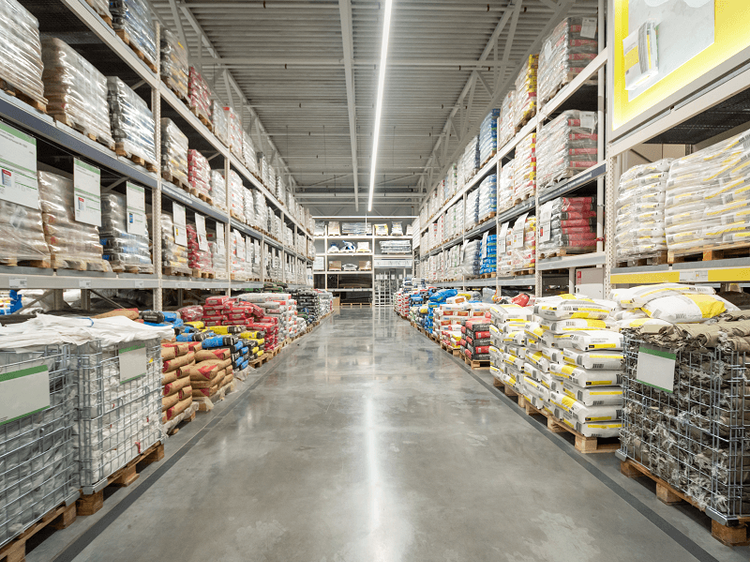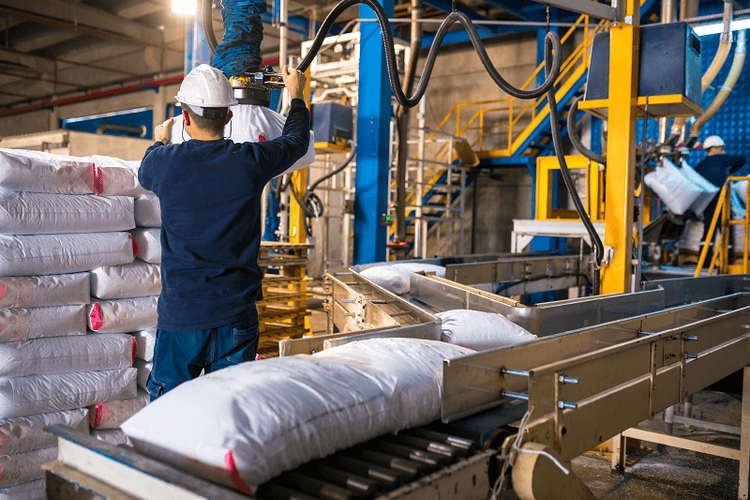Proper cement storage during the monsoon season is critical to ensure the quality, performance, and durability of this essential construction material. Due to heavy rainfall and increased humidity, rains pose significant challenges to cement storage and preservation. If not stored properly, it can lead to lump formation, reduced strength, and even complete cement deterioration. This results in financial losses and delays in construction projects. Therefore, understanding the importance of proper cement storage during the monsoon becomes crucial for contractors, builders, and anyone involved in the construction industry. This article explores why proper cement storage during the monsoon is vital and discusses essential precautions to protect this valuable construction material from moisture-related damage.
Choosing the right storage area
The selection of a storage location depends on various factors, but here are two choices that offer optimal cement safeguarding during the monsoon season:
Sheltered storage area: Opting for a covered space provides protection from external elements, keeping the cement dry and shielded from rainwater, sunlight, extreme temperatures, dust, and pests.
Raised platforms: Elevated storage platforms create a gap between the cement stockpile and standing water, allowing for swift evaporation and natural airflow to dissipate excess moisture within the cement packaging. It is essential to ensure that the platform's base is robust enough to support the weight of the entire stockpile without any deformations or risk of collapse. Additionally, compliance with local regulations, permits, and zoning restrictions regarding height limitations and foundation stability criteria must be ensured.






 +91 7208055523
+91 7208055523
 Help & support
Help & support
